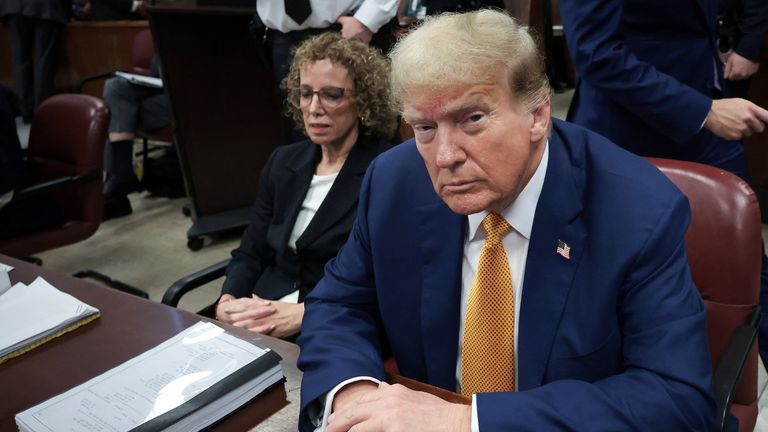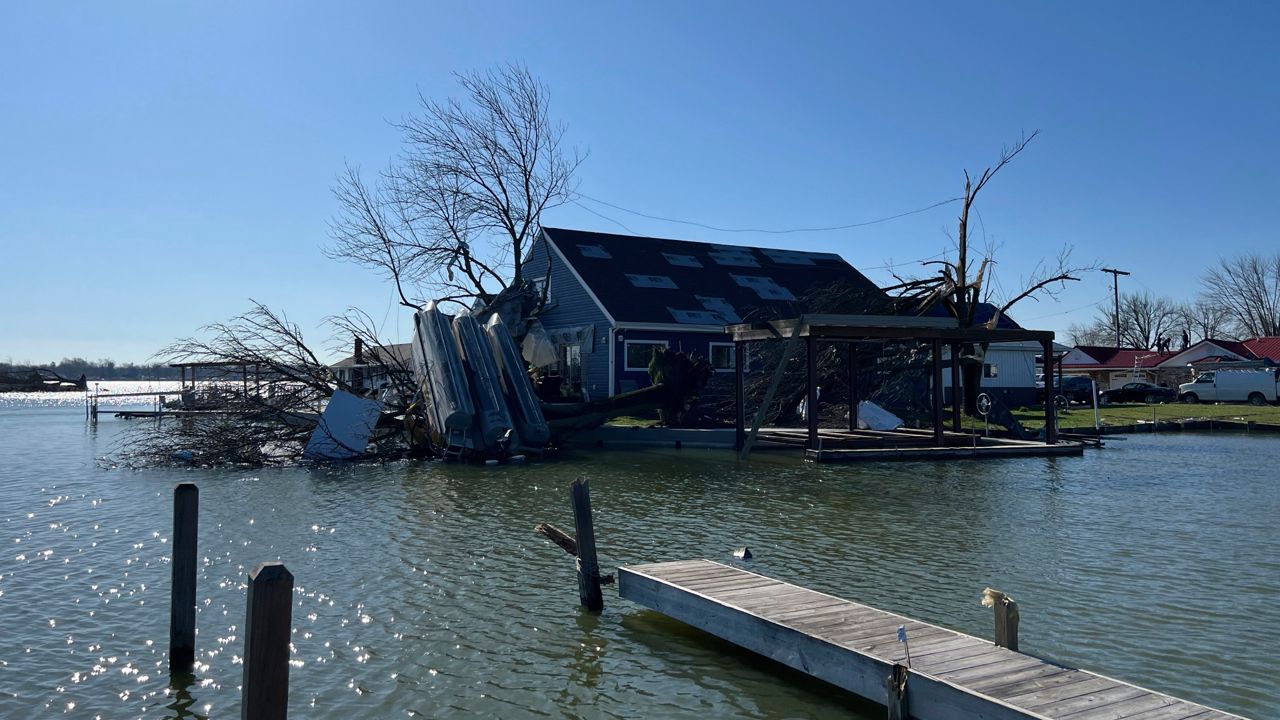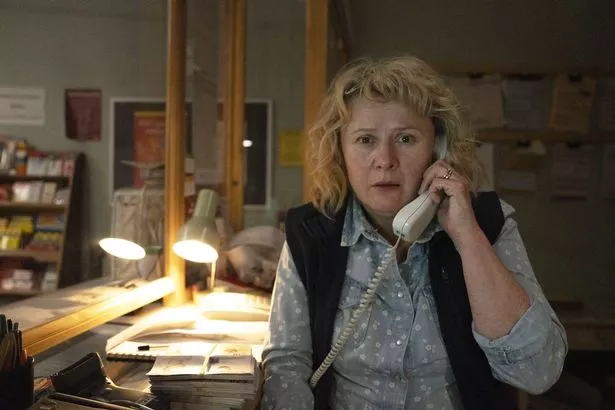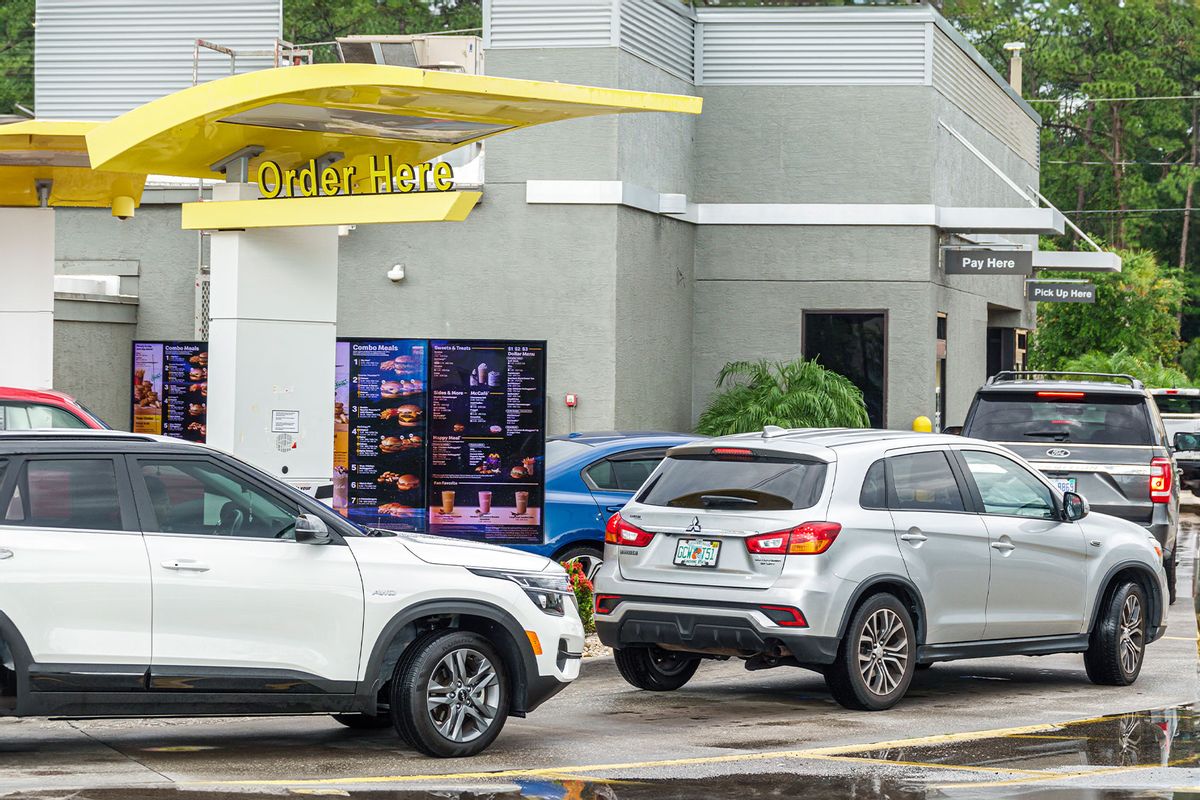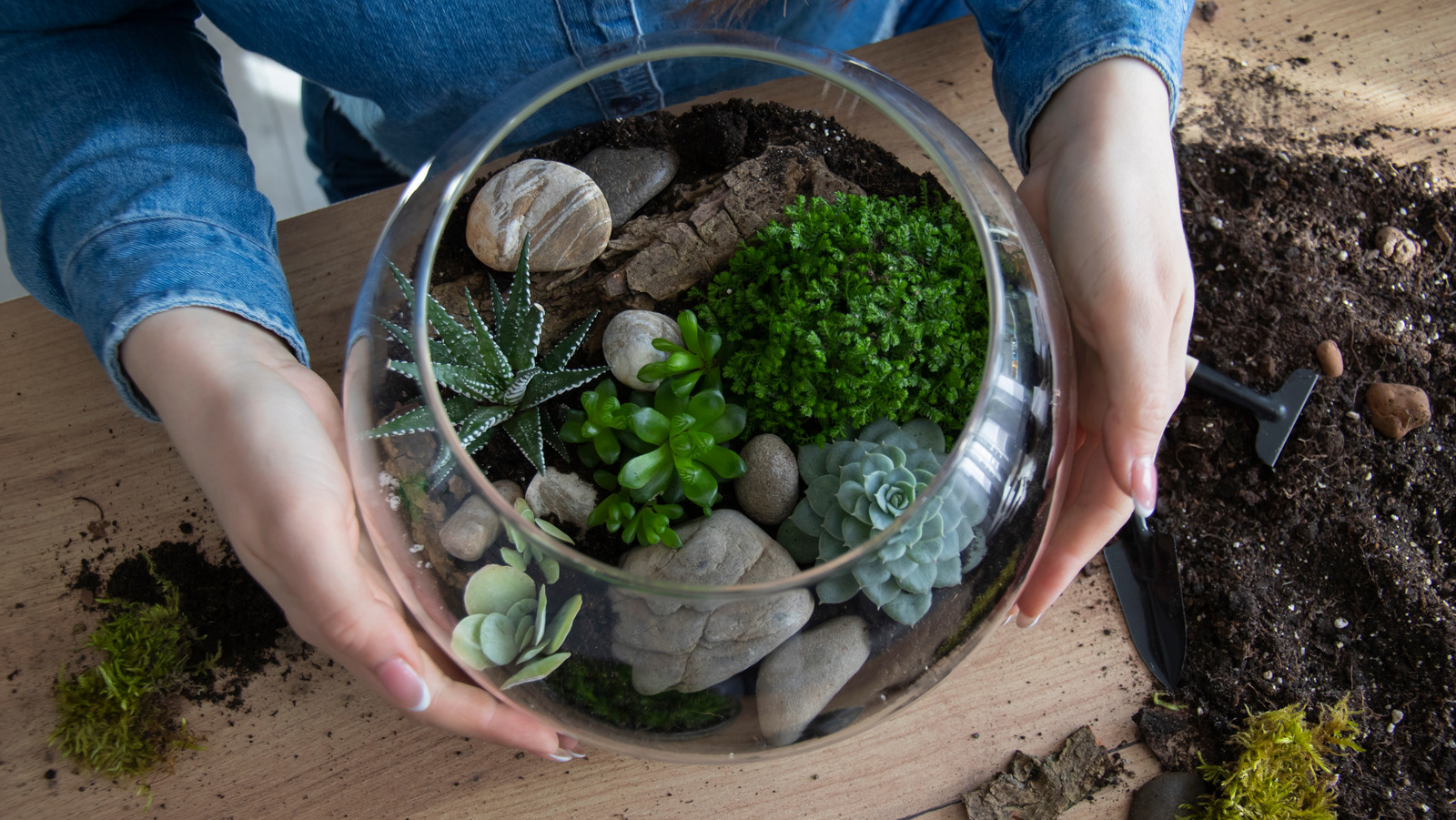
How To Incorporate A Terrarium Table In Your Home – House Digest
Plant lovers are keenly aware of the struggle that is making space for even more plants, and for those with kids, cats, or a sore green thumb, finding ways to have thriving greenery in the home is a challenge. Terrariums are often a great solution to these obstacles, able to be created in all shapes and sizes or even incorporated into furniture pieces like a side or coffee table. Terrariums are self-sufficient plant ecosystems that can grow in any closed-off vessel, whether small in jars or in more significant areas like aquariums. A classic terrarium will be sealed shut in order to maintain self-sustainability with extremely high humidity. Still, you’ll often see desert plants in open terrariums, but it’s important to note that these habitats cannot care for themselves.
Once put together, terrariums are able to maintain their ecosystem through the same water cycle we experience in day-to-day life. After you’ve created your terrarium, watered your plants, and sealed the container, the sun will evaporate that water. Condensation then builds up along the inside walls, and eventually, just like rain, it’ll dribble down into the soil, watering the plants. These are very low-maintenance projects that have the potential to live for decades. And implementing one right into your table means you won’t even have to give up any extra space to do it. All you’ll need is a glass-top table of choice and some simple crafting and plant supplies.
Creating a terrarium table
 Youtube
Youtube
The first thing you’ll need to create your terrarium table is a glass-top table that fits your needs. This could be a side table, coffee table, sofa table, or entertainment stand. Some places sell tables designed explicitly for terrarium displays, but they can also be DIYed. For open terrariums using desert plants for a more bohemian look, you’ll want to be sure portions of the table remain open, as succulents and cacti won’t do well in sealed-off conditions. Alongside the table, gather other needed supplies such as pebbles and sand for drainage, activated charcoal to fend off bacteria, potting soil, and your chosen plants. For added color, consider using multicolored marbles or aquarium rocks. Some common plants that do well in tropical terrariums include ferns, pileas, pothos, peperomia, and aluminum plants.
Begin by covering the bottom of the vessel with an inch or two of rocks. Next, apply a thin layer of charcoal and mix in the sand if you desire extra drainage. About 2 inches of soil should be dispersed along the top, and then the plants can be implemented. Before closing the terrarium, water well, but don’t overdo it. Waterings will be rare, occurring once every four to six weeks. Keep in mind that your terrarium can take on any style. You can create a one-of-a-kind setup with different plant types, arrangements, accents, and even faux florals. Whether looking for a tropical or desert appeal, a terrarium will allow ample opportunity to showcase your creativity.
Terrarium precatuions
 Youtube
Youtube
Like all things, there are certain precautions to take with terrariums to ensure the most successful outcome for your home and your plants. While caring for terrariums requires little effort, you must still be careful in your approach. They will need bright light, but keeping them from sitting directly in the sun is crucial as this could burn them. Over-watering or watering too little will also be critical to a happy ecosystem. There should always be visible condensation on the glass; however, plants will begin to rot and mold if there is too much moisture. And be sure that your plants are not settled in too close together, stifling their growth.
Even though your plants are sealed behind glass, you will want to be mindful of pests. Gnats, mites, and mealy bugs are common culprits in terrariums. You can add helpful insects to the habitat, like pill bugs, other isopods, and springtails, which will feed on harmful bacteria and decay. Avoid placing any carnivorous bugs in with your plants. Snails, slugs, ladybugs, and praying mantises may be exciting, but they will only feast on and kill your foliage. Lastly, always double-check if any of your plants are harmful to pets living in the home with you. Open terrariums are more at risk of harming animals with toxic plants, but discretion should still be used with closed-off structures.


